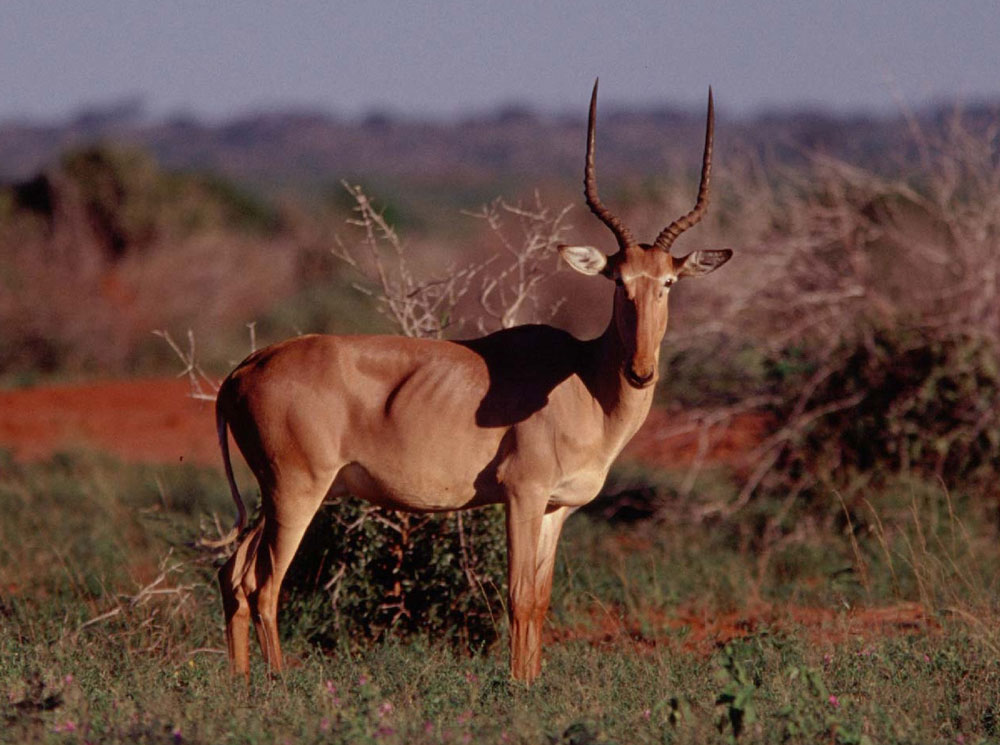African rare antelope is at risk of extinction
Hirola, an extremely rare African antelope, is currently classified as an extremely dangerous group of the International Union for Nature Conservation.
This is the first time in 75 years, after the wolf Thylacinus (also known as Tasmania ) became extinct in 1936, a mammal genus continues to face the risk of complete disappearance, unless efforts Conservation force is successfully implemented.
The number of Hirola has decreased by 90% since 1980 due to widespread illegal hunting. In the latest survey, only 245 children were scattered in northeastern Kenya, southwestern Somalia. It is estimated that only about 400 Hirola children live in Africa.

Hirola, an extremely rare African antelope, is in danger of extinction.
Other causes of rapid decline in Hirola numbers include drought, uncontrolled hunting, environmental pollution .
A few years ago, the Conservation Community Hirola, Ishaqbini (Kenya) spent a total area of about 3,200 hectares to protect Hirola, primarily by monitoring whether the area was violated or restricted to grazing livestock. . Most of the farmers living along the Kenyan border are friendly with wildlife.
In addition, over the years, the number of Hirola has decreased by 15% due to being attacked by other predators. In this situation, the Ishaqbini clan is building a carnivorous fence, about 2,400 hectares wide, within the Hirola conservation area.
Tim Tear, director of the African Nature Conservation Commission, is optimistic: 'I want to preserve wildlife that will grow in the vicinity, and the number of animals that will be increased. The younger generation needs education so that they can wisely use future natural resources. People hear a lot about extinction, especially in Africa. If all goes together, there is hope for Hirola ".
- The extremely rare Bongo antelope was born in England
- Tiny antelope
- Video: Crocodile crocodile African antelope as fast as electricity
- The attack on the antelope is 20 times larger, the molasses is knocked flying
- 15 years later African elephants may no longer exist
- Death god stalks African elephants
- The secret to escaping the fastest predatory species on the planet
- Pangasius faces an increasing risk of extinction
- African giraffes are in danger of extinction
- Close up of hungry harpooning to rejuvenate young antelope
- Feasting on pythons swallowing antelopes
- The antelope exhibits strength through the knee
 Animal 'suffering' after hibernation
Animal 'suffering' after hibernation Why do goats climb well?
Why do goats climb well? Scientists were surprised to see chimpanzees eating turtles
Scientists were surprised to see chimpanzees eating turtles Giant catfish died deadly due to drought in Thailand
Giant catfish died deadly due to drought in Thailand